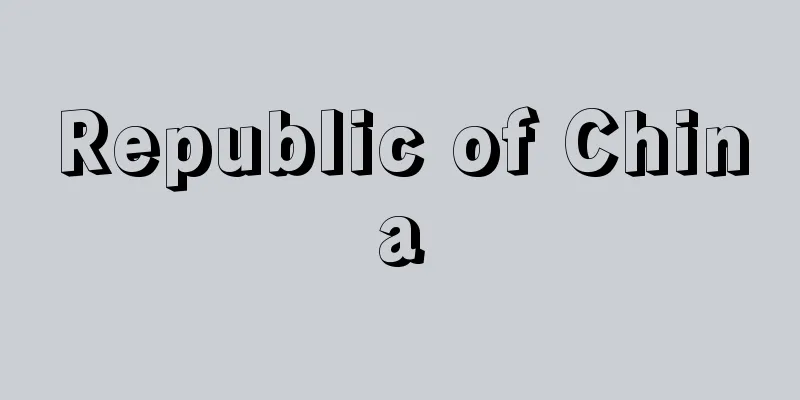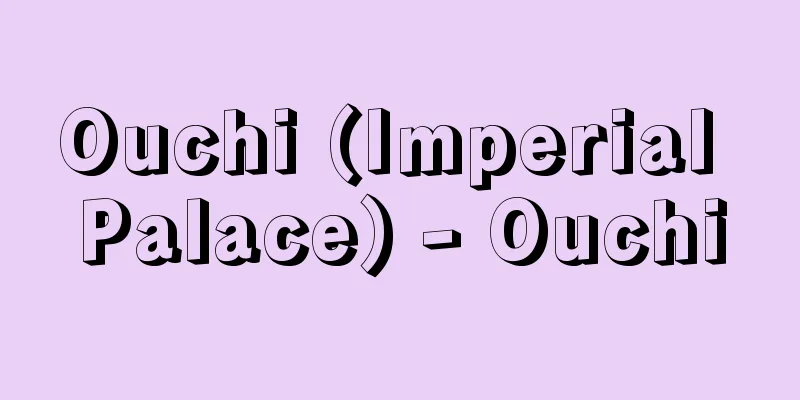Direct appeal - Jikiso

|
A form of litigation in the Middle Ages and Early Modern Periods, it refers to directly appealing to a higher authority without going through the prescribed procedures. Until the Kamakura and Muromachi periods, in litigation involving the head office of a manor, when a kyojo (letter of intermediation) was not presented or when a judgment had already been issued, was called osso, and was generally prohibited. The former meaning of osso is similar to direct appeal, but in those days when it was common to file lawsuits with the shogunate, the imperial court, or the central manor lord, direct appeal was not particularly problematic. However, during the Sengoku period, lawsuits through a sosha (intermediary) were established, and many daimyo began to prohibit direct lawsuits that ignored this procedure, so-called direct appeals. For example, the Imagawa clan, the Takeda clan, and the Rokkaku clan had provisions prohibiting direct appeals in their provincial laws, and Oda Nobunaga also prohibited it. This policy was also inherited by the Edo shogunate. In the early modern period, direct appeals were considered to be a broader form of appeal, along with appeals made in a running suit and appeals made in a palanquin. Direct appeals were specifically appeals made to the shogun or feudal lord without going through village officials, and severe penalties were imposed for such appeals. [Toshiaki Ohkubo] [Reference] |Source: Shogakukan Encyclopedia Nipponica About Encyclopedia Nipponica Information | Legend |
|
中・近世の訴訟形態の一つで、所定の手続を経ないで直接に上部権力に訴え出ることをいう。鎌倉・室町期までは、荘園本所(ほんじょ)関係の訴訟で挙状(きょじょう)(仲介の書状)を帯しないもの、または判決の出されたものを再訴することを越訴(おっそ)といい、一般に禁止されていた。越訴の前者の意味が直訴に近いものであるが、幕府や朝廷または中央荘園(しょうえん)領主へ訴訟を行うことが一般化していた当時においては、とくに直訴を問題にしなかった。しかし、戦国期には奏者(取次人)を通す訴訟が確立して、この手続を無視した直接訴訟、いわゆる直訴を多くの大名が禁止するようになる。たとえば今川氏、武田氏、六角(ろっかく)氏などはその分国法中に直訴禁止規定を設けており、織田信長などもこれを禁止している。このような政策は、さらに江戸幕府にも継承された。近世では直訴は駈込訴(かけこみうったえ)、駕籠訴(かごそ)などとともに広い意味での越訴とされ、とくに村役人などの手を経ずに将軍や領主に対して行われるものを直訴といい、これに対しては厳罰が科せられた。 [大久保俊昭] [参照項目] |出典 小学館 日本大百科全書(ニッポニカ)日本大百科全書(ニッポニカ)について 情報 | 凡例 |
Recommend
All legs - Kaikyakuko
…Extant species are classified into the following...
Naniwa Story - Naniwa Monogatari
A record of the reputation of prostitutes. Author ...
Papal election - electio papae (Latin)
An election held in the Roman Catholic Church to c...
Sunda Strait - Sunda Kaikyo (English spelling) Selat Sunda
A strait in western Indonesia between the islands...
Cratoxylon arborescens (English spelling)
… [Mitsuru Hotta]... *Some of the terminology tha...
Catenoids
...The shape of a power line or suspension bridge...
Salutati - Coluccio Salutati (English spelling)
Italian humanist, man of letters, and politician....
Malay [river] - Malay
A river in southeastern Australia. It is about 2,5...
Niamey (English spelling)
Niger's capital city and river port city. It i...
AP - AP
The world's largest news agency, located in t...
Banda (English spelling) Banda, Hastings Kamuzu
Born: circa 1898. British Central Africa Protector...
Law Evasion - Houritsukaihi
In international private law, intentional manipula...
Bingling Temple Grottoes - Bingling Temple Grottoes
This cave temple is located in the Xiaojishi Moun...
Combine - Konbain (English spelling) combine
An agricultural machine that travels over rice fi...
The hand of the Koto with a change of hands - Kaeteshikino Koto no Te
...In jiuta, when several different tetsuki (comp...









